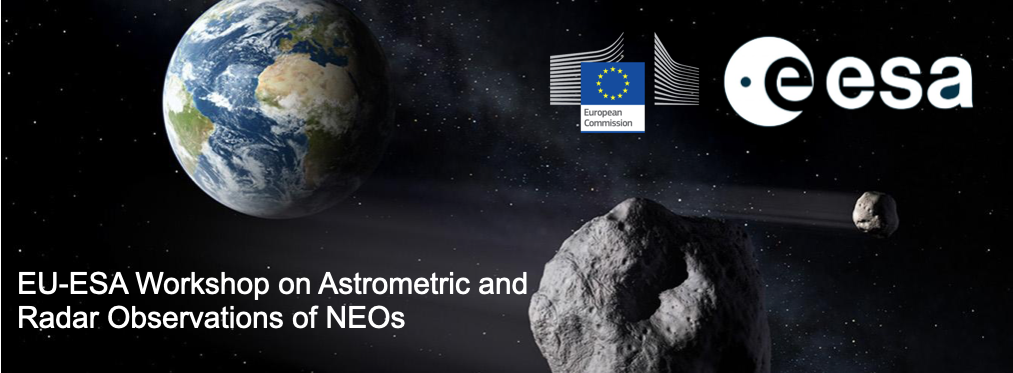Speaker
Description
The Astrometry Data Exchange Standard (ADES) is a new data format for asteroid astrometry, providing many other feature than the previous 80-column format which was adopted by the Minor Planet Center (MPC). Among other information, observers are allowed to report the measured astrometric uncertainties and time uncertainties.
Reporting astrometry in ADES has many advantages, and the astronomical community is on the way to fully transitioning to this new standard, especially the large surveys. On the other hand, orbit computation centers do not use yet the information contained in ADES to its full potential, often still relying on statistical models for uncertainties or manual direct intervention.
In this presentation we present some preliminary results on the orbit determination and impact monitoring with the usage of ADES data. We take into account the case of 2024 YR4, and perform orbit determination with different assumptions on the astrometric uncertainties: 1) fully statistical model; 2) ADES uncertainties and stricter rejection threshold; 3) ADES uncertainties with floor. For these different cases, we simulated the evolution of the impact probability as new observations were announced, comparing with the real scenario.
Still using the same example of 2024 YR4, we show how the orbit determination and impact monitoring would have changed if some radar observations were available in early January. This highlights, in general, how orbital uncertainties vary depending on whether radar measurements are included or not.
With these preliminary results we emphasise the need for the development of new astrometric error models which make use of astrometric uncertainties reported directly in ADES by the observers, underlying the benefits, challenges, and potential issues in moving towards such approach. We also emphasise the need for high-precision astrometry in improving orbit determination.

